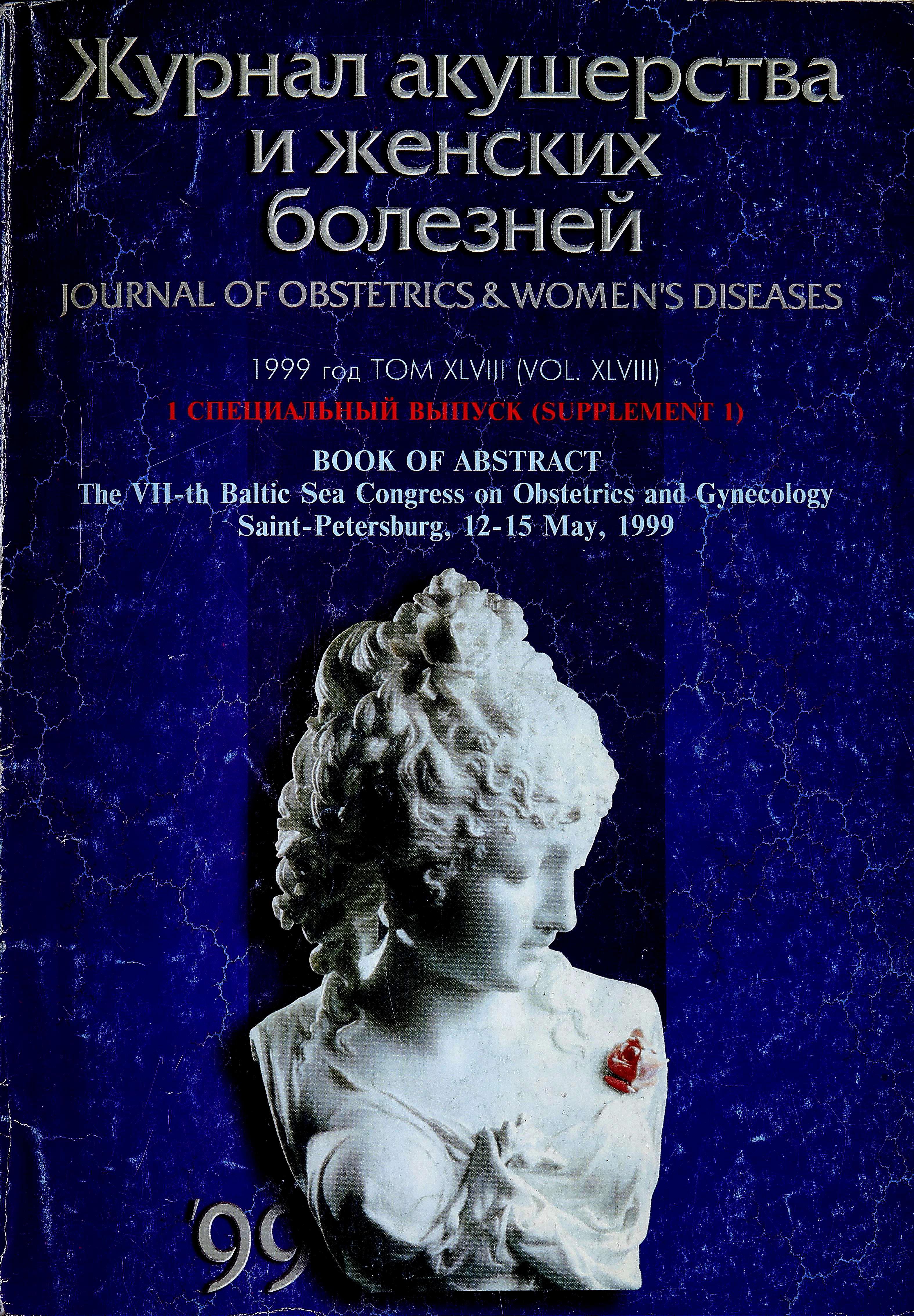V. Immaturity of the lungs: neonatal perspective - maintenance of adequate ventilation
- Authors: Liubsys A.1
-
Affiliations:
- Vilinus University Children's Hospital
- Issue: Vol 48, No 5S (1999)
- Pages: 101-101
- Section: Articles
- Submitted: 18.02.2022
- Accepted: 18.02.2022
- Published: 15.12.1999
- URL: https://journals.eco-vector.com/jowd/article/view/101110
- DOI: https://doi.org/10.17816/JOWD101110
- ID: 101110
Cite item
Full Text
Abstract
Maintenance of adequate ventilation. Nasal CPAP (Continuous Positive Airway Pressure) therapy in infants with RDS improves oxygenation, decreases oxygen requirements, reduces the need of intubation, mechanical lung ventilation, and mortality. Earlier application of the CPAP therapy is beneficial. Combination of early surfactant administration with CPAP therapy seems a promising approach to treatment of the tiny baby.
Full Text
Maintenance of adequate ventilation. Nasal CPAP (Continuous Positive Airway Pressure) therapy in infants with RDS improves oxygenation, decreases oxygen requirements, reduces the need of intubation, mechanical lung ventilation, and mortality. Earlier application of the CPAP therapy is beneficial. Combination of early surfactant administration with CPAP therapy seems a promising approach to treatment of the tiny baby. Conventional mechanical ventilation remains the principal mode for maintenance of adequate lung ventilation. Despite of the number of disadvantages the mechanical ventilation definitely reduces the death rate of babies with severe RDS. More than that, introduction of a new modes of conventional mechanical ventilation, especially those related with patient-initiated breathing (patient-triggered, synchronized intermittent mandatory, assist control, proportional assisted ventilation) considerably decreased a possibility of lung's barotrauma and development of BPD. Although HFO (High Frequency Oscillation) has some theoretical advantages comparing with conventional mechanical ventilation but the meta-analysis of the controlled clinical studies does not confirm better results of survival or BPD in newborn babies with RDS. More randomized clinical trials have to be done to proof advantages of HFO before this method of ventilation will be recommended for routine use. Promising results are published about combine use of different methods of treatment: surfactant + HFO, HFO + perfluorochemicals, HFO + NO (nitric oxide), and etc.
How best to achieve adequate gas exchange without further inducing lung injury remains the goal of clinicians and researches alike.
About the authors
A. Liubsys
Vilinus University Children's Hospital
Author for correspondence.
Email: info@eco-vector.com
Lithuania, Vilinus
References
Supplementary files







